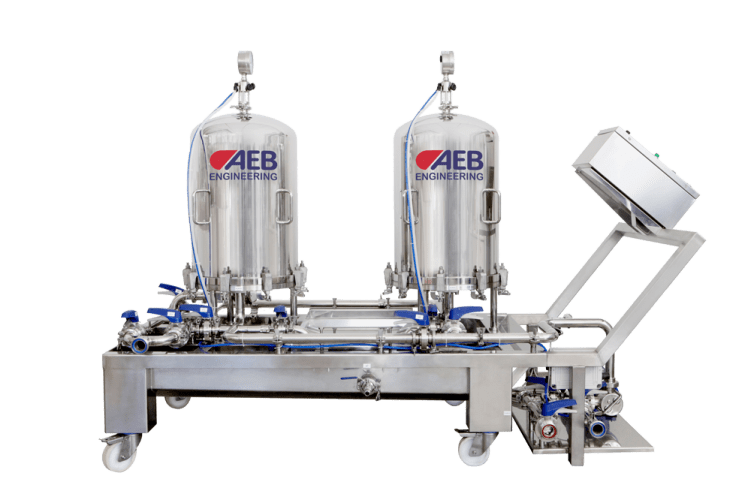EXTRA VIRGIN OLIVE OIL: HOW DO YOU OPTIMISE THE EXTRACTION PROCESS?
Striking a balance between quantity and quality is the greatest challenge for research in the field of extraction technologies for extra virgin olive oil.
Even though in recent years, attention has gradually shifted to quality, obtaining high extraction yields remains a priority for millers and olive growers in order to optimise farm economics.
EXTRACTION: PROBLEMS AND KEY FACTORS
Only a high extraction yield can pay back a year of hard work the costs incurred looking after the olive trees, but it is not easy to work this way. In fact, it is well-known that in the olive oil production process, in order to improve extraction yields, you often need to extend malaxing times or, alternatively, increase process temperatures. However, this compromise may, in turn, decrease the polyphenol content and reduce the organoleptic qualities and health benefits of the end product.
This is also due to the fact that current malaxing machines, in terms of their system, are inefficient heat exchangers.
But if it is true that the yield is the result of the oil extraction process, it should not be forgotten that the factors on which one can act to increase it, without affecting the quality of the product, can be of different types:
- agronomic factors, which indirectly affect the olive tree;
- technological factors, i.e. specific methods that can be used at the olive oil mill during olive processing.
THE AGRONOMIC FACTORS THAT INFLUENCE EXTRACTION YIELDS
The extraction yield of extra virgin olive oil can be influenced by various parameters, such as lipogenesis, the preservation of the aromatic component and the harvest.
The preservation of the aromatic component
In fact, we should not forget that the quality of the oil is heavily influenced by the sensations detected from its smell and taste, which are expressed with a relatively intense fruitiness that represents the flavour of the olives based on the cultivar and growing area.
The aroma of virgin oil is formed by a complex blend of volatile compounds, aldehydes, alcohols, ketones, hydrocarbons and esters, which can be easily lost during veraison of the fruit due to oxidation, but also in the various processing steps if they are done too slowly or at high temperatures.
It is therefore proven that from olives harvested at an early stage of ripening, you get intensely fruity, green, bitter and spicy oils, while from olives harvested at an advanced stage of ripening, you get oils with a less intense, less bitter, ripe fruitiness.
THE TECHNOLOGICAL FACTORS THAT INFLUENCE EXTRACTION YIELDS
The technological principles that affect the extraction yield are linked to the structure of the olive’s cell wall and to the presence of pectolytic enzymes.
AEB’S CONTRIBUTION: FIELD TRIALS
Numerous tests were carried out for experimental purposes at various oil mills by the University of Bari (Italy) and the University of Jaén (Spain), have proven that the combination of agronomic and technological factors can have excellent results in terms of increasing yields during extraction.
Harvesting the olives at the peak of their lipogenesis in combination with the use of selected enzymes acting only on the pectic component, would allow the producer to obtain not only a larger amount of oil for the same weight of harvested olives but, above all, a much more fragrant oil with bolder, more intense aromatic notes.
The data collected from the experimental tests showed that, with the use of exogenous enzymes, it would be possible to increase the efficiency of the whole process of malaxing and centrifugation. The data collected by the universities showed a considerable difference emerged between the malaxing carried out with or without exogenous pectolytic enzymes: in fact, even after a few minutes from adding the enzyme, the oil starts to surface above the paste during malaxing, a phenomenon which – without the use of enzymes – only happens from halfway through the malaxing process.
WHAT COULD BE THE POTENTIAL BENEFITS?
- Higher extraction
- Smoother workflow by the malaxing machine
- Less handling of the paste
- Greater energy efficiency with a subsequent reduction in consumption
Video of a comparison between two malaxing machines
Experimental tests carried out at several Italian oil plants


 Australia
Australia
 China
China
 Germany
Germany
 Hungary
Hungary
 United Kingdom
United Kingdom








